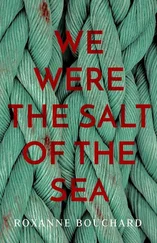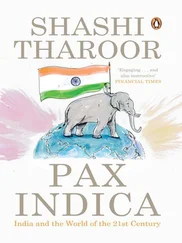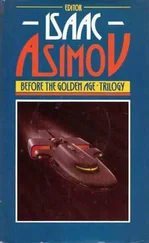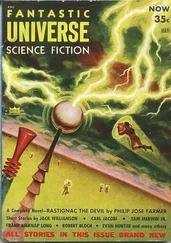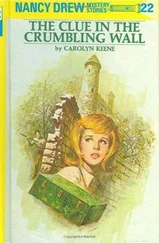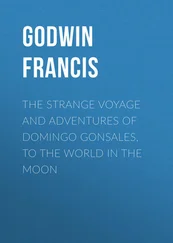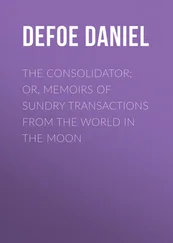On 13 thAugust 2011, the newly designed memorial site for the Wall was inaugurated during a moving opening ceremony attended by the Federal President and the Chancellor. Thousands of Berliners as well as tourists turned out on this day together with their families to commemorate the building of the Wall and the division of the city. To date, the memorial welcomed a record-breaking number of visitors. As perceptions of the 17 thJune 1953 uprisings in June 2011 demonstrated, remembrance of the Wall was starting to push other traumatic memories of the second dictatorship into the background. Whether the memory of the building of the Wall and its dramatic consequences for those imprisoned in the GDR dictatorship will become the defining memory of the second dictatorship remains to be seen.
The potential for it certainly lies in the fact that the historical event is interwoven with emotional images as well as specific buildings in the cityscape and moving fates and stories of courage, despair, sadness and treason. Our curiousity to see whether the memory of the building of the Wall and the deadly border regime will dominate the remembrance of the communist dictatorship of the GDR is warranted.
At the beginning of the sixth decade after the Wall was built, a culture of remembrance had finally established itself in Berlin, in which information about the Wall and the commemoration of its victims seemed to correspond to a far-reaching social consensus. On the occasion of the 25 thanniversary of the fall of the Wall in 2014, a new naturalness in dealing with the Wall’s memory could be seen: The Light Border through Berlin brought hundreds of thousands of people from Germany and abroad to the former border between East and West Berlin, marked with light balloons, for days. Smaller and larger groups formed everywhere, people shared their experiences and memories of the Wall – and on November 9 th, there was a celebration at the Brandenburg Gate. At the same time, the Center for Political Beauty took advantage of the anniversary of the fall of the Wall in 2014 and dismantled the crosses dedicated to the dead at the Wall at the Reichstag in Berlin in order to rebuild them at the external borders of Europe. Under the slogan “Prevent more Wall deaths”, the group wanted to protest German asylum policies and draw attention to the refugees who risked their lives trying to reach Europe. This action was declared the prelude to the “First European Fall of the Wall.” A year later, the campaign long forgotten, the Federal Republic took in nearly a million refugees and migrants within a few months, some of whom had travelled several thousand kilometres to get to Germany.
The decision of the German Chancellor to take in these people not only divided German society, but also led to major upheavals in the European Union that continue to this day. On the 30 thanniversary of the fall of the Wall in 2019 the situation had changed: The carefree celebration and serene thoughtfulness of 2014 had given way to a palpable tension. Plans for public events such as the one planned for November 9 th, 2019, at the Brandenburg Gate or along the course of the Wall were subject to previously unknown security considerations. Following the Islamist terrorist attacks in various European cities since 2015, such as the attack on the Christmas market at Berlin’s Breitscheidplatz, in which twelve people were murdered on December 19 th, 2016, public events were placed under security considerations in light of possible terrorist scenarios unimaginable only a few years earlier. And so, in the 60 thyear of the Wall’s construction, the hope persists that the remains of the Wall, wherever they stand, may proclaim a message of the power of peaceful protest, of courage, and of the chance for people to live together in peace.
1Revised edition of the speech from 18 thJune 2001 at the Berlin Wall Memorial ( www.berliner-mauer-gedenkstaette.de/de/der-mauerbau-1961-970.html).
2Rainer Eppelmann: Welcoming address to the commemoration of the 35th anniversary of the construction of the Berlin Wall. Public meeting of the Enquete Commission “Überwindung der Folgen der SED-Diktatur im Prozeß der deutschen Einheit” of the Deutschen Bundestag 13. August 1996 in Berlin. Special printed. Deutschen Bundestag. Bonn 1996, p. 7.
3“Diepgen will Teile der Mauer neu aufstellen lassen”, in: Der Tagesspiegel 19.06.2010.
4Letter to the Minister of Foreign Trade from 10.11.1989, cited from Ronny Heidenreich’s chapter “From Concrete to Cash” in this volume.
5Telex from M. A. Consultancy to the Permanent Mission of the GDR in Bonn, 14.11.1989. BArchB DE 10/21, cited from Ronny Heidenreich’s chapter “From Concrete to Cash” in this volume.
6See the contribution of Ronny Heidenreich in this volume.
7The shooting order was not lifted until 22.12.1989.
8Quoted in “Streit um das Symbol des Schreckens”, in: Süddeutsche Zeitung 13.08.1991.
9Leo Schmidt and Axel Klausmeier made an inventory of all the remains of the former border fortifications in Berlin. The book contains a lot of information that only informed observers can detect: concrete elements etc. Mauerreste – Mauerspuren, Westkreuz-Verlag Berlin 2004.
10The Minister of Transport had presented his plans for a four-lane street on 15 thJuly.
11“Was von der Mauer bleibt”, in: Berliner Morgenpost 13.08.1991.
12See also the entires from monument protection website (“Was weg ist, ist weg” – und darf nicht mehr rekonstruiert werden).
13“Die ausrasierte Stadtwunde”, in: Die Tageszeitung 13.08.2001.
14“PDS entschuldigt sich nicht für den Mauerbau”, in: Süddeutsche Zeitung 11.08.2001.
15“Die Mauer im Kopf”, in: Die Tageszeitung 14.08.2001.
16Quoted from ibid.l.
17Ibid.
18Ibid.
19Statement by A. Kaminsky in light of the hearing on 25.4.2005, p. 1.
20Unfortunately, support for a Wall Panometer at Nordbahnhof by Yadegar Asisi was not given by the Mitte district authority, The plans were supported by the Federal Foundation for the Study of the Communist Dictatorship in Eastern Germany, the Berlin Wall Foundation and the Berlin Senator for Culture – the plans were not realised due to a lack of interest from the district.
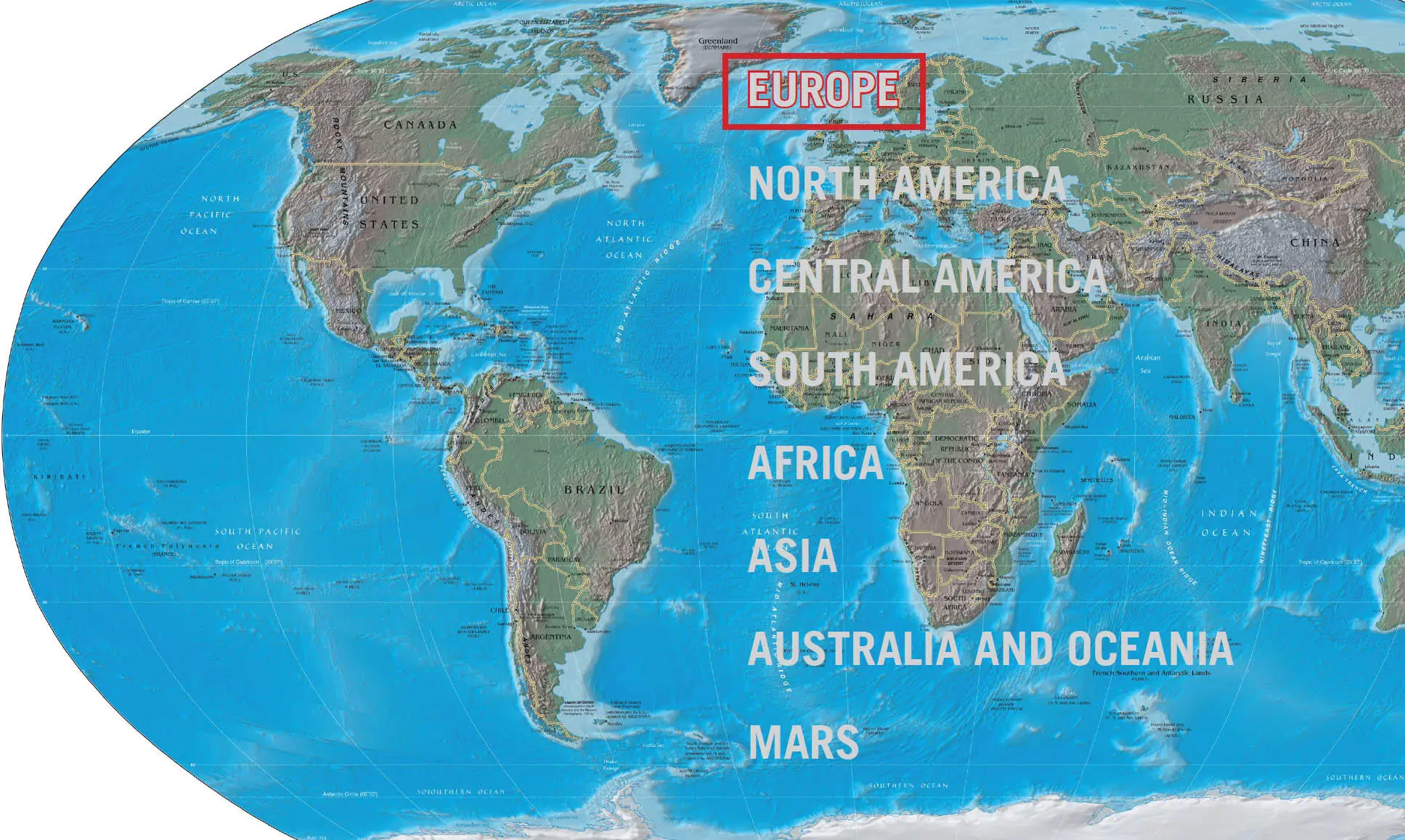
TIRANA
ALBANIA
Location:Martyrs of the Nation Boulevard

The Wall in Tirana
© Anna Kaminsky/Bundesstiftung Aufarbeitung

Anna Kaminsky at the ceremonious Wall unveiling
© Archiv Bundesstiftung Aufarbeitung
On 26 thMarch 2013, a segment of the Berlin Wall was unveiled to a large crowd of joyous people. This section of the Wall was put up as a memorial to overcoming Enver Hoxha’s communist dictatorship. Albaninan Prime Minister, Sali Berisha, German ambassador, Carola Müller-Holtekemper and Mayor of Tirana Lulzim Basha all attended the unveiling. Anna Kaminsky, director of the Federal Foundation for the Study of the Communist Dictatorship in Eastern Germany, who had been the driving force behind the project to get a piece of the Wall to Tirana, was also in attendance.
The section of Wall given to Tirana by Berlin – 3.6-metres-high and weighing 2.6 tonnes – makes up one part of three works which are collectively known as “Post-Bloc” – a collection of memorials. It was erected in the centre of of Tirana, which was once restricted under communist leadership, and is today an area known for its nightlife. The section of Wall, a present from the city of Berlin, makes up part of a memorial complex called “Post-Bloc”. It can be found in the former Soviet exclusion zone on “Martyrs of the Nation Boulevard”, today a popular entertainment area in the heart of Tirana. Alongside the Wall section are concrete columns from Spaçi labour camp as well as a bunker. This bunker is symbolic of the almost 750,000 bunkers scattered throughout Albania. The memorial was designed by Albanian writer Fatos Lubonja, who was imprisoned in work camps and solitary confinement for 19 years as a political prisoner and artist.The memorial was designed by Adrian Isuffi and remembers the victims of Enver Hoxha’s Communist dictatorship from 1945 until Hoxha’s death in 1985.
Читать дальше




